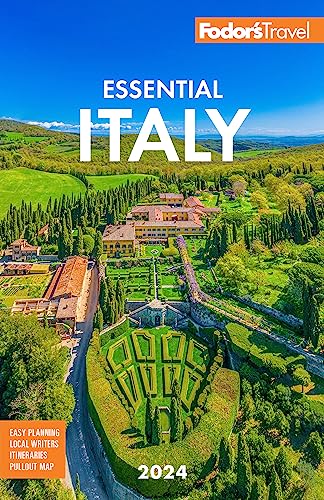Eating Well in Milan, Lombardy, and the Lakes
Lombardy may well offer Italy's most varied, rich, and refined cuisine. Local cooking is influenced by the neighboring regions of the north; foreign conquerors have left their mark; and today, business visitors, industrious immigrants, and well-traveled Milanese are likely to find more authentic ethnic cuisine in Milan than in any other Italian city.
Milan runs counter to many established Italian dining customs. A "real" traditional Milanese meal is a rarity; instead, Milan offers a variety of tastes, prices, and opportunities, from expense-account elegance in fancy restaurants to abundant aperitivo-hour nibbles. The city's cosmopolitan nature means trends arrive here first, and things move fast. Meals are not the drawn-out pastime they tend to be elsewhere in Italy. But the food is still consistently good: competition among restaurants is fierce and the local clientele is demanding, which means you can be reasonably certain that if a place looks promising, it won't disappoint.
The Cotoletta Question
Everyone has an opinion on cotoletta, the breaded veal cutlet known across Italy as una Milanese. It's clearly related to Austria's Wiener schnitzel, but did the Austrians introduce it when they seized Milan, or did they take it home when they left? Some think it’s best with fresh tomato and arugula on top; others find this sacrilege. Two things unite all camps: the meat must be well beaten until it’s thin, and it must never leave a grease spot after it’s fried.
Regional Specialties
Ask an Italian what Lombards eat, and you're likely to hear cotoletta, càsoeûla, and risotto giallo—all dishes that reinforce Lombardy's status as the crossroads of Italy. Cotoletta alla Milanese may very well have Austrian roots. Càsoeûla is a cabbage-and-pork stew that resembles French cassoulet, though some say it has Spanish origins. Risotto giallo (also known as risotto Milanese) is colorful and perfumed with exotic saffron.
Butter and Cheese
Geography and a strong agricultural tradition mean that animal products are more common here than in southern Italy; butter and cream, for example, take the place of olive oil. One rare point of agreement about cotoletta is that it's cooked in butter, and the first and last steps of risotto making—toasting the rice, then letting it "repose" before serving—use ample amounts of butter. And the second-most-famous name in Italian cheese (after Parmesan) is likely Gorgonzola, named for a town near Milan; the best now comes from Novara.
Risotto
Rice is Lombardy's answer to pasta, and the region is the center of Italian (and European) rice production. From Milan's risotto giallo with its saffron tint, to Mantua's risotto with pumpkin or sausage, there's no end to the variety. Canonical risotto should be all'onda, flowing off the spoon like a wave. In keeping with the Italian tradition of wasting nothing, yesterday's risotto is flattened in a pan and fried in butter to produce riso al salto, which at its best has a crispy crust and a tender middle.
Panettone
Panettone, a tall, fluffy yeast bread, is flavored with sweet candied fruit. Invented in Milan, it graces nearly every table during the Christmas holiday. Consumption begins on December 7, Milan's patron saint's day, and goes until supplies run out at January's end.
Wine
The Franciacorta region around Brescia makes highly regarded sparkling wines, often called the "Champagne of Italy" since they're produced using the same labor-intensive method. The Valtellina area to the northeast of Milan produces two notable reds from the nebbiolo grape: Valtellina Superiore and the intense dessert wine Sforzato di Valtellina. Lake breezes yield crisp, smooth whites from the shores of Lake Garda.




